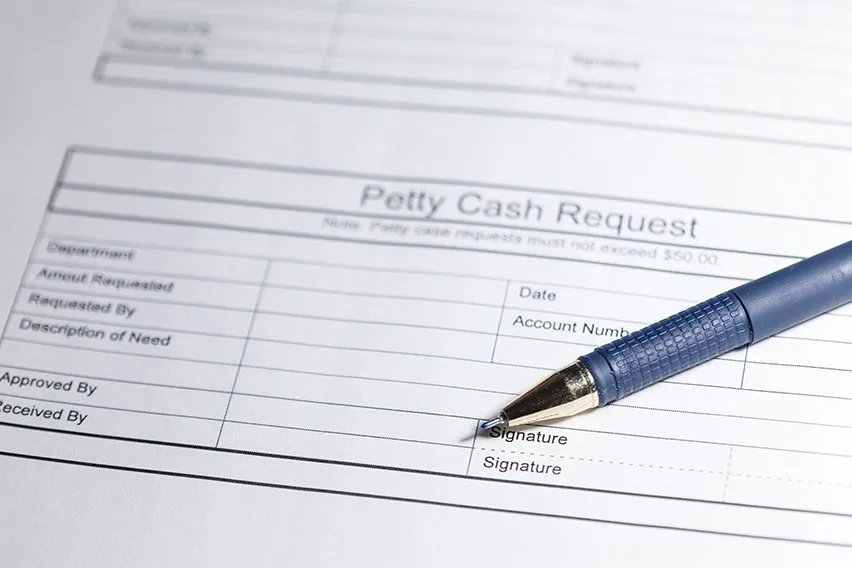BACS Vs CHAPS: What’s the Difference?

It’s pretty amazing how fast we can send payments online nowadays. BACS and CHAPS transfers have been the backbone of online bank transfers for decades.
Have you ever wondered what the difference is between the two? The difference is quite large, would you believe. Each payment method has its quirks. We’re going to break it all down in today’s guide.
Here’s What We’ll Cover:
BACS vs CHAPS: Key Differences
What Is CHAPS?
CHAPS stands for Clearing House Automated Payment System. It was established in 1984 with the goal of sending high-value payments quickly. It was originally designed for retail and wholesale payments. Since products come in bulk orders and large shipments, it made sense to have a system that could transfer large sums of money quickly.
So how large are we talking? A CHAPS payment tends to be over £10,000. Though in honesty, there’s no minimum payment limit.
CHAPS carries a hefty transfer fee of around £25-35 per transfer. This is why it’s mostly used for large sums of money and very infrequently. It would be expensive to use CHAPS to send pocket money. For big-ticket items like a house deposit, CHAPS is the perfect candidate.
It runs via the SWIFT network. Therefore the payments arrive very fast between the two banks. The payments are guaranteed to arrive the same day – often within hours.
You can make a CHAPS transfer over the phone or in the branch. Some banks offer the service online too. You need the same payment details as you would for a regular bank transfer. Speaking of which…

What Is BACS?
If you’ve sent a bank transfer to another UK account before, you’ve probably used the BACS system. This is the cheaper little cousin to CHAPS.
BACS stands for Banker’s Automated Clearing Services. It’s the most popular payment system in the UK. An estimated 100 million transactions happen via BACS every day!
Direct debit and direct credit transitions are all handled by BACS. There’s an upper limit to how much to send via BACS. That is £250,000. There’s no lower limit.
BACS has a vast payment network all over the UK. The payment infrastructure is used for most common transfers, including:
- Pension and welfare payments from the UK government
- Payroll services for most businesses since regular payment scheduling is so easy
- Direct businesses to business payments
- Direct person to person payments
- Direct debit payments
- Supplier and vendor payments of smaller amounts
BACS is much slower than CHAPS. It can take up to 3 business days to process a BACS transfer. This was formerly 5 business days. So the network is improving over time. However, there is still a delay sometimes.
BACS is available on all online banking, telephone banking and in-person banking outlets. Most banking apps allow BACS transfers too.

BACS vs CHAPS: Key Differences
- CHAPS is typically used for high-value transactions over £10,000. It has no upper limit. BACS on the other hand is perfect for smaller payments. It has an upper limit of £250,000.
- CHAPS is less common than BACS. Larger businesses tend to use it for retail and wholesaling purposes. Not every financial institution offers CHAPS as a transfer option. BACS is ubiquitous in the UK. Everyone has had a touchpoint with a BACS transfer. It processes almost all debit card transactions and electronic payments.
- CHAPS is very expensive. One CHAPS transfer can cost you £25-35 in fees. So it’s best for large, one-off payments. A BACS transfer will likely cost 50p in fees if anything.
- CHAPS is lightning fast due to its affiliation to the SWIFT payments network. If you request the payment between 6 am and 3 pm, it will definitely arrive on the same day. Usually within a matter of hours. After the cut off time, same day payment isn’t possible. It will arrive the next day. BACS can take up to 3 working days to appear in the recipient’s account. Processing times are much more lengthy.
Key Takeaways
Both payment service providers are useful for sending bank transfer payments between entities. However, you’re more likely to use CHAPS for large, faster payments. BACS offer cheaper transfers for smaller payments.
Did you like this accounting guide? Head to our resource hub for more!
RELATED ARTICLES

 Cash Vs Credit: Which Should You Use?
Cash Vs Credit: Which Should You Use? What Are Interchange Fees & Its Calculation?
What Are Interchange Fees & Its Calculation? What Is Petty Cash? How to Set Up & Manage It
What Is Petty Cash? How to Set Up & Manage It What Is a Transaction? Definition & Meaning in Accounting
What Is a Transaction? Definition & Meaning in Accounting What Is a Facilitation Payment? Definition & Examples
What Is a Facilitation Payment? Definition & Examples What Is an SDK? All You Need to Know
What Is an SDK? All You Need to Know